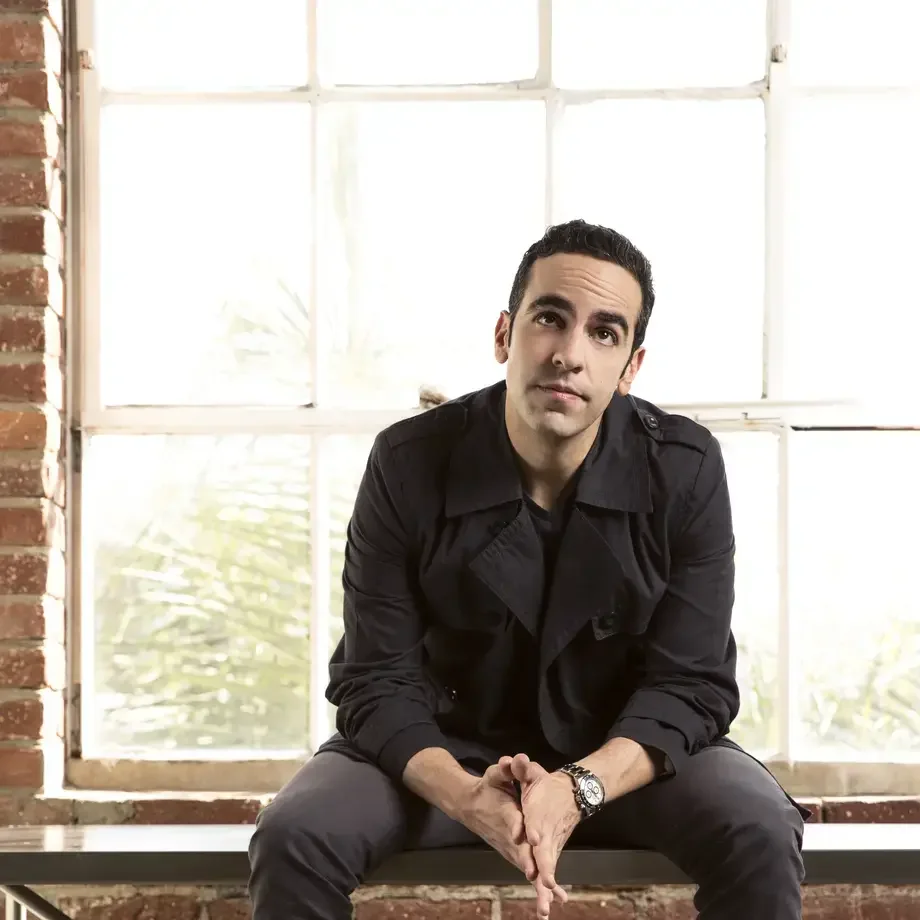Pudding-style buttercream is a more traditional recipe, made by creating an old-fashioned pudding mixture from milk, sugar and flour, allowing it to cool and then adding in butter at room temperature. This style of buttercream works well with added flavours like coffee or chocolate.
Main differences
The most basic difference between buttercream and fondant is that buttercream is a frosting, while fondant is essentially a thicker form of icing. The terms ‘frosting’ and ‘icing’ are often used interchangeably, but strictly speaking, they refer to two different things. A frosting, like buttercream, is made mainly from fats like butter or shortening, and whipped into a fluffy, cloud-like consistency. An icing, on the other hand, has sugar as its primary ingredient, and tends to harden on standing. Icings are usually thin, runny mixtures used for glazing cakes and cookies, but because fondant is made by super saturating water with sugar, it forms a thick, rollable paste.
There are pros and cons to using either fondant or buttercream. Fondant is great for detailed decoration. Rolled out, it has a smooth professional finish that provides a good surface for transfers, and it is easy to mould into pretty much any decorations you can think of. However, it can be difficult to make, with a tendency to dry out and split, and even experienced bakers will usually buy ready made fondant rather than try to make it themselves. The other downside is the taste. Fondant is basically one huge piece of candy, which a lot of people can find sickly, while the thick, dry texture can be a turn off for others.
Buttercream, on the other hand, has a rich, creamy taste that most people prefer to fondant. It also couldn’t be easier to make, and if things do start to go wrong, it’s simple to correct. If the mixture is too thin, add more sugar, and if it's too stiff, add a little milk. Buttercream can’t be moulded like fondant can, but it can be piped onto the cake in attractive patterns, and it’s easier to add writing using piped buttercream, too. That said, buttercream cakes do tend to have a more rustic look than fondant cakes, and because buttercream is a wet mixture you have to be very careful to avoid smudging your work after you’ve finished.
Professional cake designers often compromise and use a mixture of the two, especially for cakes that really need some wow factor, like special birthdays or wedding cakes. Fondant is used as a professional finishing layer, and to create decorations and cake toppers, but underneath the fondant is a hidden layer of delicious buttercream, with more sandwiched between the layers of cake. This compromise combines the best of both worlds - the professional finish and intricate detailing of fondant, with the delicious taste of buttercream.
Recipes with fondant
These festive Santa cupcakes are a great way to unleash your creative side using fondant icing. All you need are different coloured sugar pastes and some sweets for decoration. They’re sure to be a hit with your kids this Christmas.
Recipes with buttercream
Every wannabe star baker needs their own go-to buttercream recipe. This basic is a great place to start and can be adapted with different additions and flavours. Can be stored in the fridge for up to two days before using.















